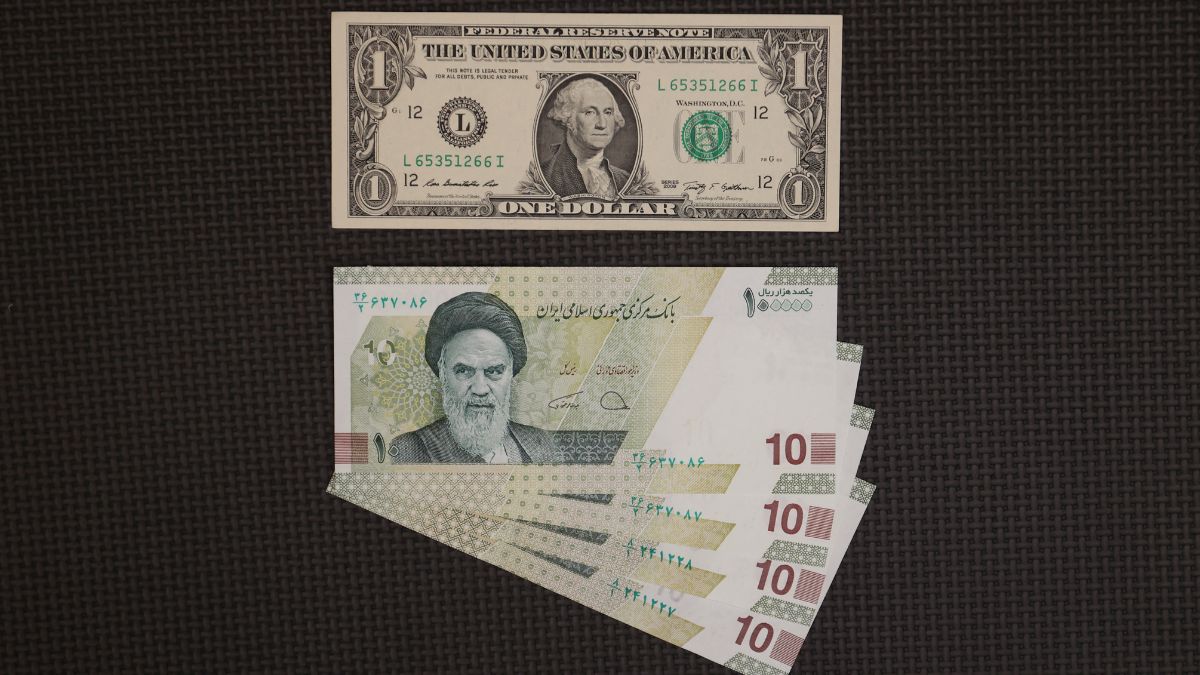 Image credits - Reuters
Image credits - Reuters
Advertisement
The Iranian Rial (IRR) has fallen to an all-time low, with the currency trading at a staggering 703,000 rials to the U.S. dollar on November 6, 2024. This sharp decline comes amid heightened economic volatility following the projected victory of Donald Trump in the 2024 U.S. presidential election. As Trump edges closer to a second term in office, his stance on Iran and other international issues is once again having a significant impact on global markets.
This drop in the rial’s value represents the most significant devaluation the Iranian currency has experienced, surpassing previous lows in 2015, when Iran’s nuclear deal with world powers saw the rial plunge to 32,000 against the dollar. The rial had improved somewhat since then, but the reintroduction of Trump into the U.S. political sphere, with his focus on sanctions and a hardline stance against Iran’s nuclear ambitions, has reignited fears of increased economic isolation for the country.
In 2018, Trump withdrew the United States from the Iran nuclear deal, which had allowed sanctions on Iran to be lifted in exchange for curbs on its nuclear program. Since then, tensions have remained high between the U.S. and Iran, with the Iranian economy bearing the brunt of the economic sanctions imposed by Washington.
The drop in the rial also coincided with a strong uptick in global markets, particularly in the cryptocurrency sector. Bitcoin surged to new heights, further establishing itself as a hedge against traditional market fluctuations. The U.S. Dollar also strengthened, reflecting investor confidence in the American economy despite growing geopolitical tensions.
Impact on Emerging Markets and Asian Currencies
The repercussions of Trump’s projected election win were not limited to Iran. Across the emerging markets in Asia, currencies experienced a marked depreciation. Countries with close economic ties to the U.S., or those vulnerable to U.S. sanctions policies, saw their local currencies weaken, echoing concerns of economic instability under Trump’s anticipated policies.
Experts suggest that as Trump re-enters the White House, his policies may further exacerbate geopolitical risks, especially in the Middle East and Asia. The Iranian economy, still grappling with the aftermath of years of sanctions and a faltering nuclear agreement, faces heightened uncertainty. The rial’s fall, combined with broader regional instability, is likely to put additional strain on the country’s financial system in the months to come.
Bitcoin and U.S. Dollar surge amid market uncertainty
While the Iranian Rial crumbled, Bitcoin and the U.S. Dollar saw significant gains, with Bitcoin hitting new records as investors sought refuge in digital currencies. Bitcoin’s rise has been fueled by growing confidence in its potential as a store of value in times of economic turbulence.
The U.S. Dollar, traditionally seen as a safe haven during times of geopolitical uncertainty, also strengthened against a basket of currencies, including the euro and yen. As global markets recalibrate in response to Trump’s victory and his likely approach to foreign relations, both the cryptocurrency market and the dollar are expected to play pivotal roles in shaping economic trends over the coming years.
Disclaimer: This article is based on available reports and current market conditions. It is not financial advice and should not be construed as such. Markets are volatile and can change rapidly due to geopolitical and economic events.
